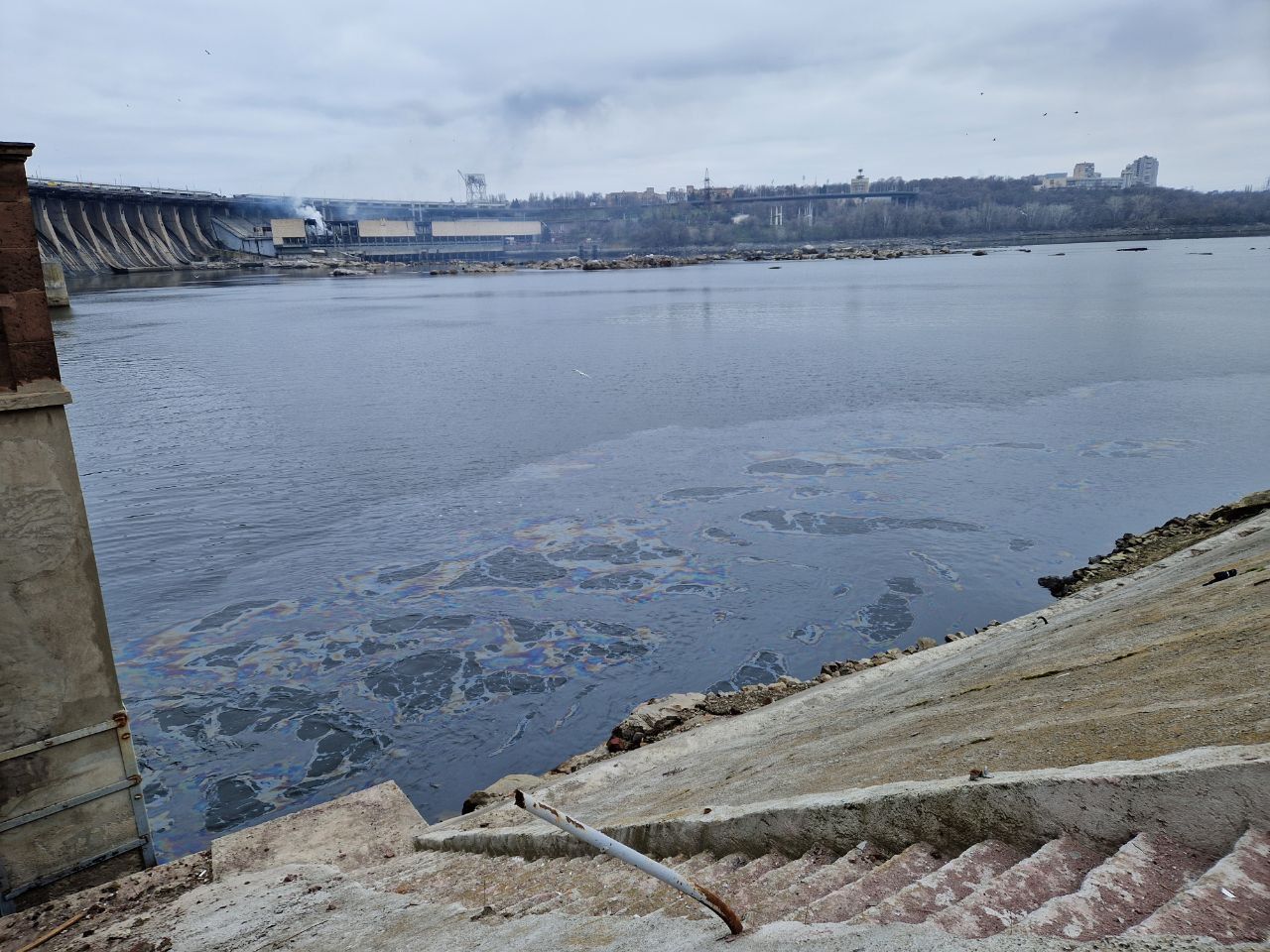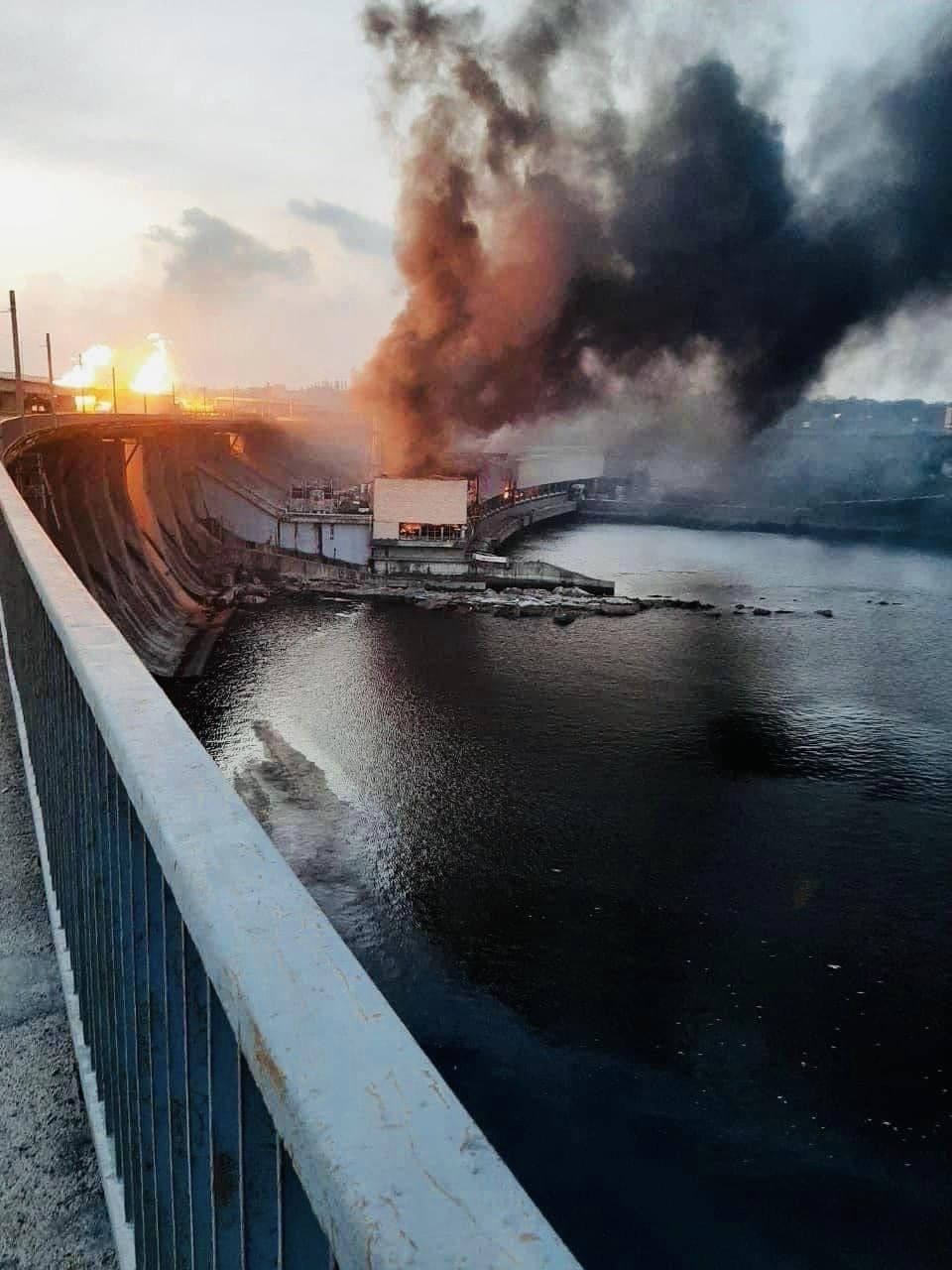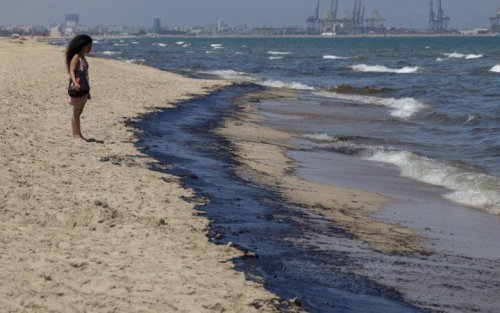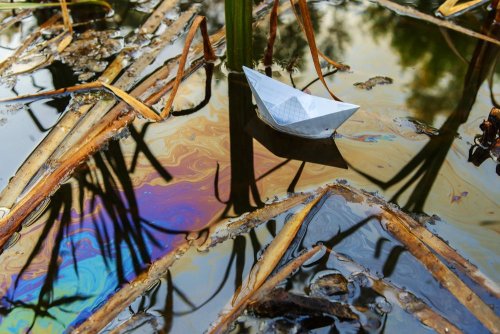In Zaporizhzhia, after the shelling of the Dnipro hydroelectric power plant on the morning of Friday, March 22, oil products got into the Dnipro River.
Environmental inspectors have taken water samples for laboratory tests, the State Environmental Inspectorate of the Southern District reports on Facebook.

It is noted that environmental inspectors promptly inspected the affected areas to determine environmental damage. They also took soil samples for laboratory tests and determined that the area of contamination in Zaporizhzhia reached 7,500 m2.
Russians have launched massive missile strikes on Ukraine's energy system, which Ukrenergo CEO Volodymyr Kudrytskyi called even more severe than in the winter of 2022-2023.

Ukrhydroenergo CEO Ihor Syrota said that there were two direct hits to the Dnipro HPP – HPP-1 and HPP-2. It is not known whether HPP-2 will be restored, as it was seriously damaged. One pillar was hit, and crane beams were smashed.

"We will have to rebuild the entire machine room and electrical equipment. We will calculate the consequences during the day and understand what happened. And whether HPP-2 will be able to operate. And if it can, it will be either in a limited mode or not at all for a certain period of time," he said.
The Zaporizhzhia regional prosecutor's office announced the launch of a criminal investigation into the violation of the laws and customs of war.
As EcoPolitic previously reported, on the morning of Friday, March 22, Russian troops carried out the most massive attack on the Ukrainian energy system in recent times, in particular, they fired at the Dnipro hydroelectric power plant in Zaporizhzhia. This could have created a new environmental disaster, but there is no threat of a breakthrough.





